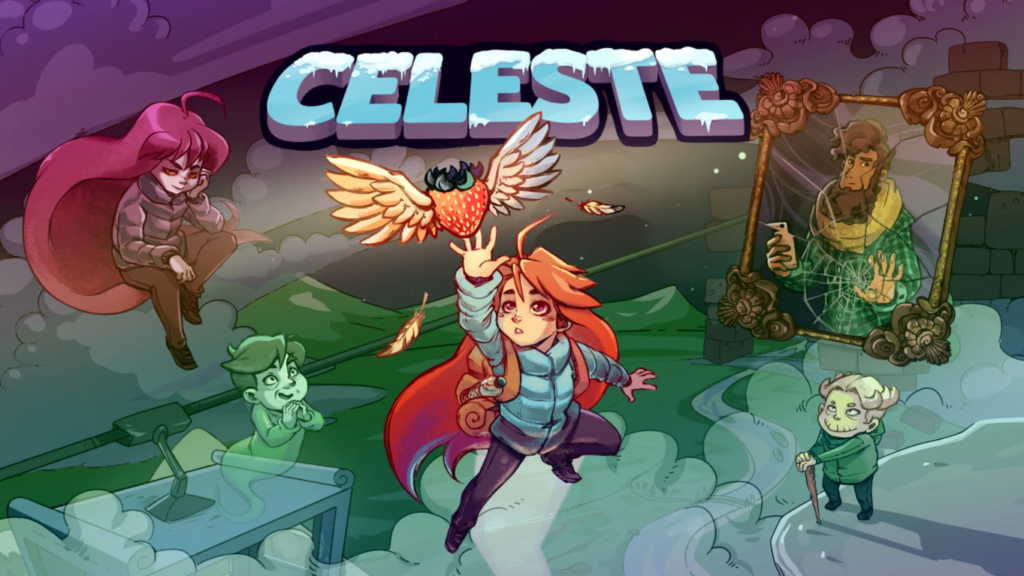User-Centered Game Design: Crafting Unforgettable Player Journeys
In the rapidly evolving landscape of video game development, user-centered game design (UCGD) has emerged as a pivotal approach that prioritizes the needs, preferences, and behaviors of players. This methodology not only enhances player engagement but also fosters a deeper emotional connection to the game, ultimately leading to memorable experiences. This article delves into the principles of UCGD, explores its implementation through real-world examples, and discusses the implications of research findings in the field.
Understanding User-Centered Game Design
User-centered game design is an iterative process that places the player at the core of the design cycle. It involves understanding the target audience through extensive research, prototyping, testing, and refining game elements based on player feedback. The goal is to create a seamless and enjoyable experience that resonates with players on multiple levels.
Theoretical Foundations
The theoretical underpinnings of UCGD can be traced back to principles of human-computer interaction (HCI) and user experience (UX) design. According to Norman’s (1988) model of design, the user’s mental model must align with the system’s design model for effective interaction. This alignment is crucial in gaming, where players must navigate complex environments and mechanics. Research indicates that games designed with user-centered principles can lead to a 30% increase in player retention rates (Nielsen, 2020).
Key Principles of User-Centered Game Design
1. Empathy and Understanding the Player
Empathy is the cornerstone of UCGD. Designers must immerse themselves in the player’s perspective to understand their motivations, frustrations, and desires. Techniques such as player personas and journey mapping are employed to visualize player experiences. For instance, the development team behind “The Last of Us Part II” utilized extensive player feedback sessions to refine character arcs and emotional beats, resulting in a game that resonated deeply with its audience.
2. Iterative Prototyping and Testing
UCGD emphasizes the importance of iterative prototyping. This involves creating low-fidelity prototypes to test core mechanics and concepts before full-scale development. The game “Journey” by Thatgamecompany exemplifies this approach. The developers created multiple prototypes to explore the emotional impact of player interactions, leading to a final product that emphasizes cooperation and emotional connection without direct communication.
3. Accessibility and Inclusivity
Designing for accessibility ensures that games are playable by a diverse audience, including those with disabilities. Research by the International Game Developers Association (IGDA) indicates that 20% of gamers identify as having a disability (IGDA, 2021). Games like “Celeste” have incorporated features such as customizable controls and visual aids, allowing a broader range of players to engage with the content. This not only enhances the player base but also enriches the gaming community.

Celeste is a good example of accessibility in gaming.
Real-World Applications of UCGD
Case Study: “Fortnite”
“Fortnite,” developed by Epic Games, serves as a prime example of UCGD in action. The game’s success can be attributed to its continuous engagement with the player community. Epic Games employs a feedback loop where player input directly influences game updates and new features. For instance, the introduction of the “Creative Mode” was a direct response to player requests for more customization and control over their gaming experience. This adaptability has resulted in a player retention rate exceeding 80% (Epic Games, 2022).
Case Study: “The Legend of Zelda: Breath of the Wild”
“The Legend of Zelda: Breath of the Wild” is another exemplary case of UCGD. The developers at Nintendo conducted extensive playtesting to understand how players interacted with the open-world environment. They discovered that players enjoyed exploration and experimentation, leading to the design of a world that encourages curiosity and creativity. The game’s mechanics allow for multiple solutions to challenges, catering to diverse play styles and enhancing player agency.
Research Insights and Data
Research in UCGD has yielded significant insights into player behavior and preferences. A study conducted by the Entertainment Software Association (ESA) in 2021 revealed that 70% of gamers prefer games that offer a personalized experience. Furthermore, data from a survey by Statista indicated that 65% of players are more likely to continue playing a game that provides regular updates and community engagement (Statista, 2023). These statistics underscore the importance of incorporating player feedback into the design process.
Challenges in User-Centered Game Design
Despite its advantages, UCGD is not without challenges. Balancing player feedback with the creative vision of the development team can lead to conflicts. Additionally, the iterative nature of UCGD can extend development timelines, which may not align with market demands. However, the long-term benefits of creating a loyal player base often outweigh these challenges.
Future Directions in User-Centered Game Design
The future of UCGD is poised for exciting developments, particularly with advancements in technology. The integration of artificial intelligence (AI) in game design can facilitate more personalized experiences by analyzing player behavior in real-time. Moreover, virtual reality (VR) and augmented reality (AR) technologies present new opportunities for immersive user-centered experiences. As these technologies evolve, the principles of UCGD will remain essential in crafting engaging and memorable player journeys.
Virtual reality (VR) technologies offer new possibilities for immersive, user-focused experiences.
Conclusion
User-centered game design is a transformative approach that prioritizes the player’s experience, leading to more engaging and memorable games. By employing empathy, iterative testing, and inclusivity, developers can create products that resonate with diverse audiences. Real-world examples such as “Fortnite” and “Breath of the Wild” illustrate the effectiveness of UCGD principles in practice. As the gaming industry continues to evolve, embracing user-centered methodologies will be crucial in shaping the future of interactive entertainment.


